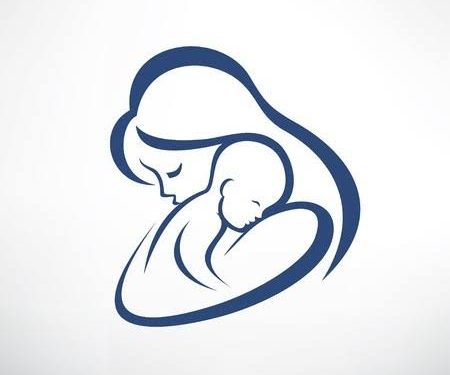Bhubaneswar: Several private doctors working in the state through free voluntary service given to the public health services in the state have helped in screening more than 38,000 high-risk pregnancy cases. It is said to have saved the lives of the newborns and mothers with their intervention.
This became possible with the Pradhan Mantri Surakshit Matritva Abhiyan scheme of the Union Health and Family Welfare Ministry. Under the scheme, private doctors from the states devote one day of the month (the 9th of every month) for free services. During the day, the gynaecologists and obstetricians join the public health systems and give free consultations to pregnant and lactating women.
According to data from the Ministry of Health and Family Welfare, a total of 38,848 high risk pregnancies were screened and monitored by the private doctors from the launch of the scheme on November 4, 2016 till the end of November, 2019. Many of the undetected cases otherwise could have led to risky deliveries leading to a marked increase in deaths for both mothers and newborns.
The data from the ministry also claimed that till November 2019, a total of 5,86,202 consultations were given by private doctors through the public health institutions in the state under the scheme. Interestingly it was not the urban districts of Cuttack or Khurda where the highest number of private doctors showed their interest to serve free of cost in public health institutions but the remote districts fared well in this scheme from Odisha.
Data suggested that the maximum number of consultations by private doctors were reported from Koraput where a total of 48,903 free consultations were given, followed by Mayurbhanj (35,080 consultations), Ganjam (33,925), Kandhamal (33,413) and others. Under the PMSMY, the public were entitled to free blood, urine and ultrasound tests besides free consultations other facilities. District level nodal panels were asked to decide places of posting the doctors while it was also planned to award private doctors who show outstanding contributions to the scheme.
The main aim of the scheme was to ensure care by a physician/specialist in at least one ante-natal visit in the second or third trimester, improve the quality of care provision during ante-natal visits. Identification and line listing of high risk pregnancies were part of the scheme.







































